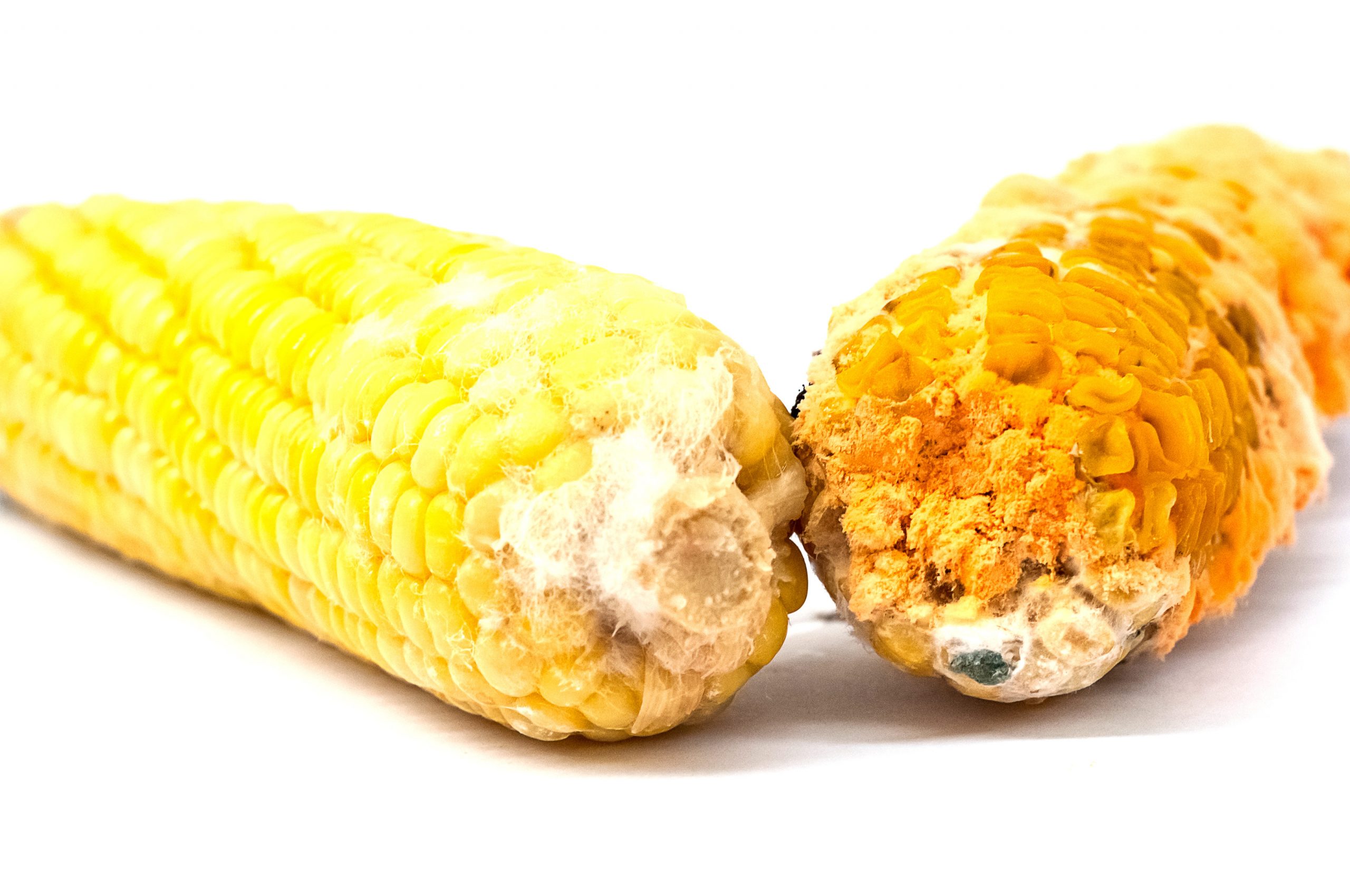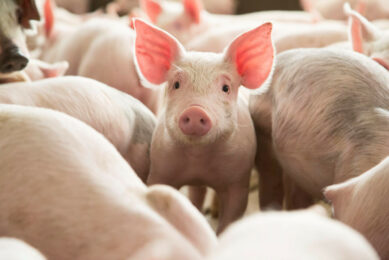Mycotoxins: On farm risk management

Recent surveys have shown that mycotoxins are present in almost all feedstuffs. The question is not “if” mycotoxins are present, but “which ones?” and “at what level?”
There are various methods available for measuring mycotoxins, ranging from limited quick and simple screening tests to comprehensive and sophisticated surveillance systems. As well as mycotoxin testing, a robust on-farm programme to manage mycotoxins and their impact on profitability and animal welfare will also include a systematic approach to feed hygiene.
Reducing exposure to mycotoxins
There are several low cost things a farmer can do to help reduce their exposure to mycotoxins. Mycotoxins are produced by moulds, therefore keeping on top of mould is a key practical step on farm that reduces risk of mycotoxin problems.
Ideally, any feedstuff should be stored in a way that protects them from the weather. When it comes to by-products, because these are often inexpensive feed options, the temptation is to be more relaxed about protecting by-products from the elements. It is not uncommon to see by-products left uncovered and in the open on farms.
Minimising mould growth
For long term storage in silos, acidification should be considered. Lowering the pH of grains in silos will help to put mould into a dormant like state that will minimise mould growth in storage. A simple electronic moisture meter is a valuable piece of equipment on farm. Moisture needs to be below 14% for stored grains and by-products. A quick assessment of the level of broken kernels and fines is also valuable.
Use a proven silage inoculant when ensiling material. Increasing the speed at which the ensiled material drops to around pH 4.0 means less time for mould growth. Be aware however, that certain mould species are quite acid tolerant, so not all mould species will be taken care of by this approach, and even inoculated material needs to be evaluated carefully.
Discard mouldy feed
When feeding out preserved feeds, discard any obvious mould. Consider patches of mouldy material as poisonous, and do not be tempted to blend them in with clean feed. Cleaning silos and other storage bunkers between loads is very important, especially as it minimises fines, which are a good breeding ground for mould.
Indirect measures can give a guideline of the risk posed by a material. Mould counts are commonly used as an indirect measure of the risk associated with product. It is not a direct measure of mycotoxins, but gives a fairly good guide as to what feeds need to be used with caution. Guidelines indicate that if there are over 100,000 colony forming units per gram of feed (cfu/g), the material needs to be fed with caution, and over 10 million (cfu/g) it is not considered safe to feed.
Mould counts versus mycotoxin testing
Mould counts are attractive because of their lower cost, but for increased accuracy of risk assessment, mycotoxin testing should be undertaken. Ideally a broad testing approach should be taken, such as the 37+ test from Alltech.
When mould counts exceed the recommended numbers, or mycotoxins exceed the recommended practical limits, a proven broad spectrum, mycotoxin binder should be included on farm. The above guidelines are simple to follow and can protect on farm profitability.






